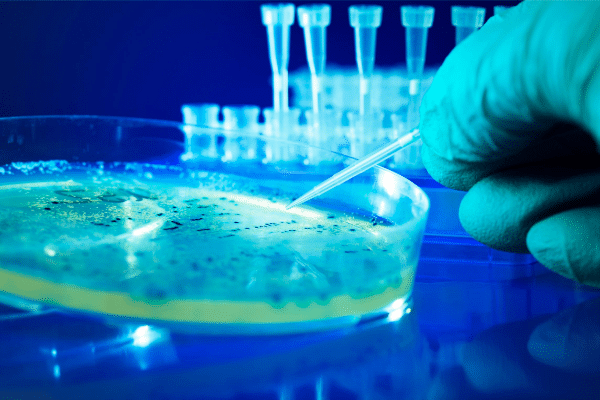Microbiological analysis, essential in many industries, involves the use of biological, biochemical or chemical methods for the detection, identification or enumeration of microorganisms. In this article we explain what microbiological analysis consists of, its function and types.
What are microbiological analyses?
Microbiological analysis of products consists of the use of biological, biochemical, molecular or chemical methods for the identification of microorganisms, enumeration or detection of critical points of microorganisms in a material. For example, food, beverages, environmental or clinical samples.
Final product testing remains a vital part of any food manufacturing control strategy.
In products where microorganisms can survive and grow, routine microbiological analysis is important to confirm that manufacturing control mechanisms are effective. It is also necessary to check the quality of raw materials. For example, to confirm that they conform to specifications or to evaluate the antimicrobial properties of a product such as antibiofilm. All this is carried out in microbiological laboratories that can guarantee maximum reliability of the tests.
Types of microbiological analysis
Microorganisms can be studied by a number of microbiological techniques, including microbial cultures, immunoassays such as enzyme-linked immunosorbent assays (ELISA) and polymerase chain reactions (PCR).
Microbial cultures are a way of multiplying microorganisms by growing them in specific media, which can be liquids or solids, under controlled laboratory conditions. They are used to determine the microbiological evolution, the type of organism, its abundance in the analyzed sample and its susceptibility to antimicrobial agents. On the other hand, immunoassays use antibodies to detect and identify specific proteins unique to the target microorganism.
There are several methods to determine the total count of microorganisms. One option is the use of a counting chamber. This method is applied by counting the number of cells under the microscope, although it is very inaccurate and prone to errors. Another option is the most probable number method, as with this technique the sample is diluted in several stages, filled into tubes along with a nutrient solution and incubated at a suitable temperature. However, an easier and more accurate method for determining microbial counts is the plate count, where a food sample is placed on a culture plate and after a suitable incubation period, the number of colonies that have formed on the plate can be counted.
Rapid confirmatory microbiological tests include serological tests, such as ELISA; miniaturized systems, such as API tests; or DNA/RNA-based tests, such as PCR, which, being based on nucleic acids, allows the amplification and recognition of DNA or RNA segments unique to the microorganism under investigation.
Microbiological results can be very useful in trend analysis, so that any drift or movement towards an unsafe product, or one where shelf life is reduced, can be detected and acted upon before it is too late.
Microbiological analysis applications
Microbiology plays a crucial role and has a multitude of applications in essential industries such as medical, environmental, food, agricultural, chemical and biotechnology.
The study of microorganisms in fields such as virology, bacteriology, parasitology and mycology involves the identification, isolation, diagnosis and treatment of pathogenic microorganisms, as well as the investigation of beneficial organisms, including yeasts and some antibiotics. In this regard, molecular biology and microbiological analyses play a key role in biomedical research. For example, in the development of vaccines and treatments for different diseases. Similarly, microbiology fulfills basic environmental functions, such as the use of microorganisms in bioreactors or their involvement in the degradation of oil spills to prevent ecological damage. Microorganisms are also used in water to decompose organic matter and clean it before returning it to the environment.
In the same vein, microbiological food analysis is essential to prevent spoilage and ensure quality in the food industry. This includes the identification of pathogens, as well as the use and evaluation of antimicrobial properties to prevent food contamination.
Microbiological analysis contributes to the development and manufacture of products in the chemical industry, such as antibiotics, solvents, preservatives and pharmaceuticals. They are also indispensable in agriculture, where they can be used to help farmers optimize nitrate levels and maximize yields, develop natural pesticides and break down residues to prevent toxin buildup. More recently, microbiology has gained prominence in biotechnology through the development of products and new materials such as biofuels and bioplastics.
However, it should be noted that the selection of the right laboratory and the appropriate test suite are key considerations for any industry that needs to carry out microbiological techniques.
Thanks to Infinitia’s state-of-the-art microbiological laboratory and a team of pioneering specialists in innovation and development, we can offer you the best solution. Contact our forensic engineering team and tell us about your case.

